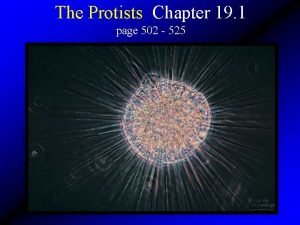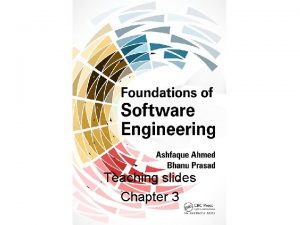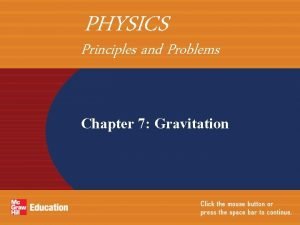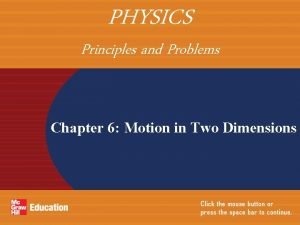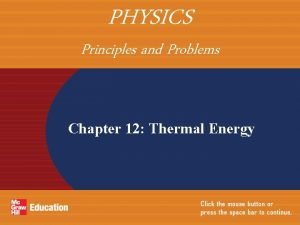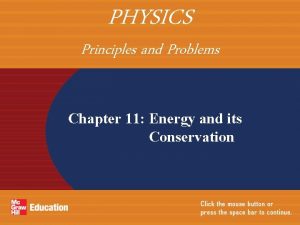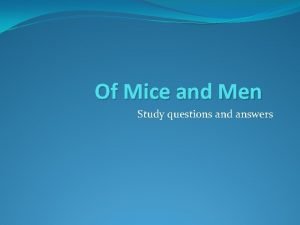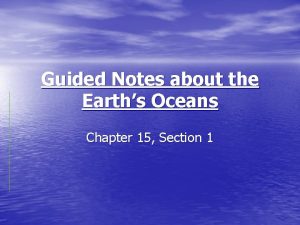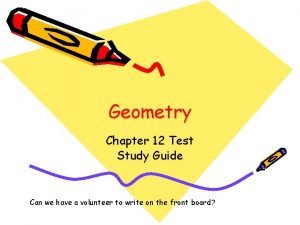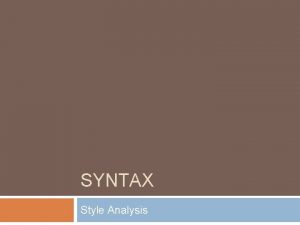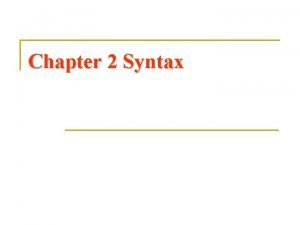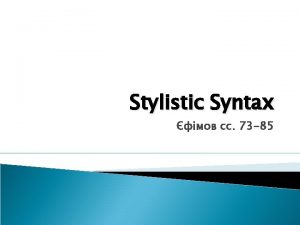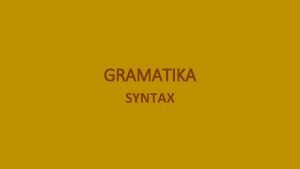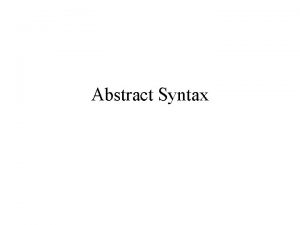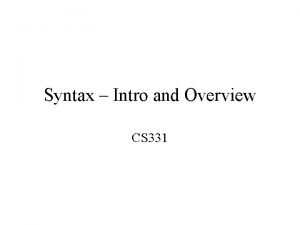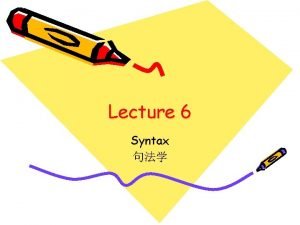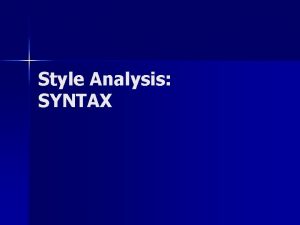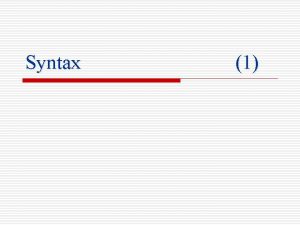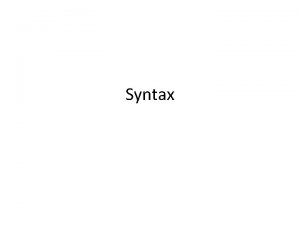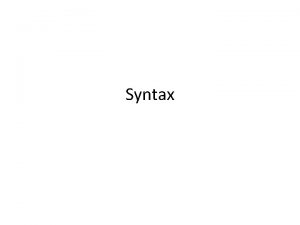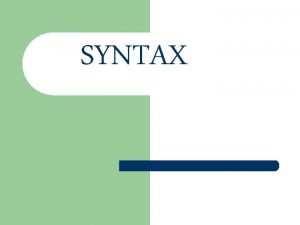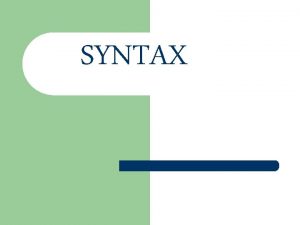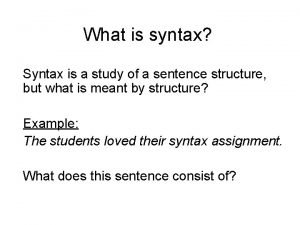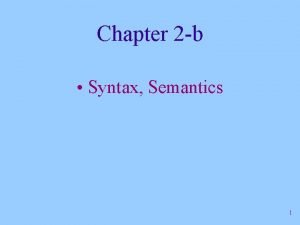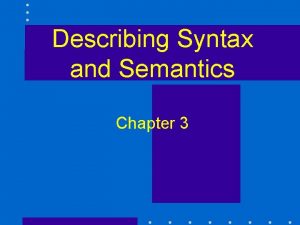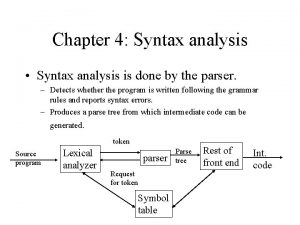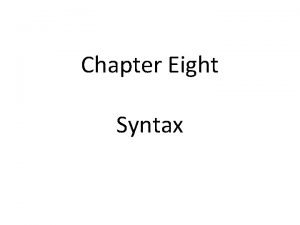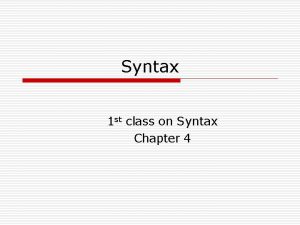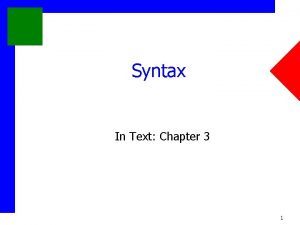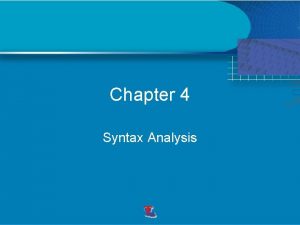CHAPTER 4 SYNTAX Syntax is the study of






























































- Slides: 62

CHAPTER 4 SYNTAX

� Syntax is the study of structure and ordering of components within a sentence. � Syntax is the study of how words are combined to form sentences and the rules that govern the formation of sentences.

OUTLINE 1. 2. 3. 4. 5. Categories Phrase Structure Rule Phrase Elements S-rule Transformational Rules

1. CATEGORIES � 1. 1 Word-level categories � 1. 2 Phrase categories and their structures


1. 1 WORD-LEVEL CATEGORIES 词层面的范畴 主词汇范畴(Major lexical categories) n. v. adj. prep. � 次词汇范畴(Minor lexical categories) 限定词(Det. )a/an, the, this, those, etc. 程度词(deg. )quite, very, more, so, mainly, etc. � 修饰词(qual. )often, always, seldom, almost, etc. 助动词(aux. )must, should, can, etc. 连词(conj. )and, or, but

1. 2 PHRASE CATEGORIES AND THEIR STRUCTURES � NP the pretty girl � VP often dream � AP very happy � PP mainly about N V A P

OUTLINE 1. Categories 2. Phrase Structure Rule 3. 4. 5. Phrase Elements S-rule Transformational Rules

2. PHRASE STRUCTURE RULE �NP --- (DET. ) N (PP) �VP --- (QUAL. ) V (NP) �AP --- (DEG. ) A (PP) �PP --- (DEG. ) P (NP)

NP --- (DET. ) N (PP) �A STUDENT IN THE CLASSROOM � THOSE TEACHERS IN THE MEETING ROOM � THESE CHILDREN IN THE PARK

A STUDENT IN THE CLASSROOM NP PP NP DET. N. A STUDENT PREP. NP IN DET. THE N CLASSROOM

VP --- (QUAL. ) V (NP) � SELDOM � OFTEN DO THE HOUSEWORK CLEAN THE FLOOR � ALWAYS BUY THE NOVELS

SELDOM DO THE HOUSEWORK VP VP NP QUAL. V. SELDOM DO DET. THE N. HOUSEWORK

AP --- (DEG. ) A (PP) � MORE � VERY INTERESTING ABOUT THE NOVEL QUIET IN THE READING ROOM � QUITE FAST IN THE HIGHWAY

MORE INTERESTING ABOUT THE NOVEL AP AP PP DEG. Adj. PREP. MORE INTERESTING ABOUT NP DET. THE N. NOVEL

PP --- (DEG. ) P (NP) � MAINLY ABOUT THE MANAGER � DEFINITELY IN THE LIBRAY

MAINLY ABOUT THE MANAGER PP PP DEG. MAINLY PREP. NP DET. ABOUT THE N. MANAGER

EXERCISE: DRAW THE TREE DIAGRAM (树型图) FOR THE FOLLOWING PHASES � 1. � 2. � 3. � 4. � 5. READ THE DIRECTION AN INTERESTING STORY IN THE CLASSROOM SO SURPRISED ABOUT THE ACCIDENT A STORY ABOUT A SENTIMENTAL GIRL

OUTLINE 2. Categories Phrase Structure Rule 3. Phrase Elements 1. 4. 5. S-rule Transformational Rules

3. PHRASE ELEMENTS (X- THEORY) XP 1. 2. (specifiers) X (complements) Specifiers(标志语) To help make more precise the meaning of the head To have both semantic and syntactic roles e. g. 限定语(DET. ) 用作名词的标志语 e. g. 修饰语(QUAL. ) 用作动词的标志语 e. g. 程度词(DEG. ) 用作形容词、介词的 标志语

3. PHRASE ELEMENTS (X- THEORY) XP (specifiers) X (complements) Complements (补充语) To provide information about entities and locations e. g. a novel about a brave boy Specifier head complement 中心词包含了补语的信息,称之为 SUBCATEGORIZATION; 次范畴化与短语结构规 则保证词汇项目出现在合适的树型结构类型中。

COMPLEMENT PHRASE ---- CP 补语短语 Miss Kate believes that she will win the game. Matrix clause Cs that-clause That-clause is the V’s complement. That in that -clause is complementizers (Cs). that 是引导句子补语的词,被称为补语化成分 (Cs)。由补语化成分引导的句子叫做补语从句, 即complement clause.

COMPLEMENT PHRASE ---- CP 补语短语 几乎所有的V都能带CP; 能带CP的还有N. 和 Prep。比如: ITEMS HEADS EXAMPLES AP. certain, I was afraid that nobody would afraid, aware, believe me. NP. fact; claim; She can’t believe the fact that she belief would fail in the exam. PP. over; about; They argued over whether she had come to class.


XP (SPECIFIERS) (MOD) Table 4 -3 X (COMPLEMENTS) (MOD) Modifier Position in English Modifiers Position Examples AP It precedes the a very careful girl head. PP It follows the head. open with care Ad. P It precedes/ follows the head. read carefully; carefully read

EXERCISE: DRAW THE TREE DIAGRAM FOR THE FOLLOWING PHASES 1. 2. 3. 4. 5. the physical world often read the detective stories move towards the window the argument against the proposals full of people

OUTLINE 3. Categories Phrase Structure Rule Phrase Elements 4. S-rule 5. Transformational Rules 1. 2.


4. 2. 1. 1 语法结构: 向心结构和离心结构(ENDOCENTRIC & EXOCENTRIC CONSTRUCTION)



4. 2. 2 句法关系:位置关系;替代关系;同 现关系 4. 2. 2. 1 位置关系(word order, 词序) 如:The girl played badminton with her sister. (X) Girl played badminton the. (X) The badminton girl played. e. g. I love you. You love me. 位置关系体现了SAUSSURE 的横组合关系( syntagmatic relations) 词序分为 6种:SVO; VSO; SOV; OVS; OSV; VOS

4. 2. 2 句法关系:位置关系;替代关系;同 现关系 4. 2. 2. 2 替代关系 (Relation of Substitutability) e. g. The _____ smiles. man; boy; girl; strong man; tallest boy; pretty girl; . . . e. g. He went to watch the movie ______. yesterday; last week; the day before yesterday; ……


4. 3 句子结构划分:树型图(tree diagram) E. g. A boy found the evidence. s NP AUX VP PST Det. A N. boy V found NP Det. the N. evidence

E. g. A boy will find the evidence. s NP Det. A AUX N. boy VP V will find NP Det. the N. evidence

E. g. The boy wins the game. s NP AUX VP 3 rd person Det. The N. singular V boy wins NP Det. N. the game

THAT-CLAUSE 树型图

E. g. She believes that the boy will win the game. s NP AUX 3 rd person She VP (NP)S’ V Cs Singular believes that NP Det. The N. boy AUX V will win VP NP Det. the N. game

� You meant that you knew that I knew. S NP AUX VP N. You pst V. CP meant C that S’ NP N you AUX VP pst V CP knew C that S’ NP AUX VP N pst v I knew.

特殊案例: 由ADVERTISE 和PROMISE 引 导的THAT-CLAUSE 树型图

� Jack advised Henry to see the doctor. S Jack advised Henry (o) S’ (Henry) to see the doctor. (s)

� Jack advised Henry to see the doctor. s NP AUX N. PST Jack VP V. NP (s) advertised NP Henry Sign of indefinite verb to VP V. see NP Det. the N. doctor.

� Jack promised Henry to see the doctor. S Jack promised Henry (o) S’ (Jack) to see the doctor. (s)

� Jack promised Henry to see the doctor. s NP AUX N. PST Jack V. VP NP promised Henry Sign of indefinite verb NP (s) (NP) to VP (Jack) V. see NP Det. the N. doctor.

OUTLINE Categories 2. Phrase Structure Rule 3. Phrase Elements 4. S-rule 5. Transformational Rules 1.

5. Transformational Rules Chomsky, N (1957) , American linguist, proposed The Transformational- Generative Grammar (TG, 转换生成 语法). The aim is to find out a system of rules to account for the linguistic competence of native speakers of a language to form grammatical sentences. Reason: He attempts to do two things, that is to provide the rules that can be used to generate grammatical sentences to show basic sentences can be transformed into either synonymous phrases or more complex sentences.

5. 1 DEEP STRUCTURE AND SURFACE STRUCTURE Deep structure is the basic structure of sentences which is specified by the phrase structure rules. Variants or those basic structures are derived via transformation. Surface structure is the structure that results from the application of transformational rules.

5. 1 DEEP STRUCTURE AND SURFACE STRUCTURE � e. g. � Charlie broke the window. (deep s. ) � Charlie didn’t broke the window. (surface s. ) � Did Charlie break the window? (surface s. ) � What did Charlie break? (surface s. ) � The window was broken by Charlie. (surface s. )

DEEP STRUCTURE � Charlie broke the window. (deep s. ) s NP AUX VP pst Charlie V. broke NP Det. the N. window.

SURFACE STRUCTURE � Did Charlie break the window? (surface s. ) s AUX NP (AUX ) Did VP pst Charlie V. break NP Det. the N. window.

5. 2 TRANSFORMATIONAL RULES � 1. � 2. � 3. � 4. � 5. � 6. passive trans. indirect object (Oi) trans. particle movement trans. auxiliary movement trans. do-insertion wh-movement

1. PASSIVE TRANS. The house was built by the workers. (surface s. ) s NP DET. The AUX N. PST house BE EN was VP V. PP built (build) Prep. by NP Det. the N. workers

INDIRECT OBJECT (OI) TRANS. � Marry donated some books to the library. (surface s. ) s NP AUX N. VP PST Marry V. donated NP Det. some PP N. Prep. books to NP Det. the N. library.

INDIRECT OBJECT (OI) TRANS. � Marry donated the library some books. (deep s. ) s NP AUX N. VP PST Marry V. donated NP Det. the NP N. Det. library some N. books.

PARTICLE MOVEMENT TRANS. The boy turned off the light. (deep s. ) The boy turned the light off. (surface s. ) s NP AUX VP PST Det. N. The boy V. NP V. prt Det. turned off the N. light.

PARTICLE MOVEMENT TRANS. The boy turned off the light. (deep s. ) The boy turned the light off. (surface s. ) s NP AUX VP PST Det. N. The boy V. NP Prt turned off Det. N. the light

AUXILIARY MOVEMENT TRANS. Can he speak English? (surface s. ) � He can speak English. (deep s. ) � s AUX NP Can AUX (e) he VP V. NP Speak Auxiliary movement N. English

DO-INSERTION � Did Kate open the window? (surface s. ) s AUX NP Did AUX VP pst Kate Do-insertion (e) V. open NP Det. N. the window?

WH-MOVEMENT What can he speak? (surface s. ) � He can speak English. (deep s. ) � s NP AUX What can NP AUX e he VP V. NP Speak Auxiliary movement N. e Wh-movement

ASSIGNMENT: DRAW A TREE DIAGRAM FOR EACH SENTENCE. � He said that tom asked whether the class was over. � You know that I hate the war. � The cup was broken by a little baby. � David mailed a book to her mother. � Will the boys pass the exam? � Does he often read detective stories? � What languages can you speak?

THANKS FOR YOUR ATTENTION!
 Syntax directed definition
Syntax directed definition Syntax is the study of
Syntax is the study of Hát kết hợp bộ gõ cơ thể
Hát kết hợp bộ gõ cơ thể Bổ thể
Bổ thể Tỉ lệ cơ thể trẻ em
Tỉ lệ cơ thể trẻ em Voi kéo gỗ như thế nào
Voi kéo gỗ như thế nào Tư thế worms-breton
Tư thế worms-breton Bài hát chúa yêu trần thế alleluia
Bài hát chúa yêu trần thế alleluia Kể tên các môn thể thao
Kể tên các môn thể thao Thế nào là hệ số cao nhất
Thế nào là hệ số cao nhất Các châu lục và đại dương trên thế giới
Các châu lục và đại dương trên thế giới Công của trọng lực
Công của trọng lực Trời xanh đây là của chúng ta thể thơ
Trời xanh đây là của chúng ta thể thơ Cách giải mật thư tọa độ
Cách giải mật thư tọa độ 101012 bằng
101012 bằng Phản ứng thế ankan
Phản ứng thế ankan Các châu lục và đại dương trên thế giới
Các châu lục và đại dương trên thế giới Thơ thất ngôn tứ tuyệt đường luật
Thơ thất ngôn tứ tuyệt đường luật Quá trình desamine hóa có thể tạo ra
Quá trình desamine hóa có thể tạo ra Một số thể thơ truyền thống
Một số thể thơ truyền thống Cái miệng nó xinh thế chỉ nói điều hay thôi
Cái miệng nó xinh thế chỉ nói điều hay thôi Vẽ hình chiếu vuông góc của vật thể sau
Vẽ hình chiếu vuông góc của vật thể sau Biện pháp chống mỏi cơ
Biện pháp chống mỏi cơ đặc điểm cơ thể của người tối cổ
đặc điểm cơ thể của người tối cổ Thứ tự các dấu thăng giáng ở hóa biểu
Thứ tự các dấu thăng giáng ở hóa biểu Vẽ hình chiếu đứng bằng cạnh của vật thể
Vẽ hình chiếu đứng bằng cạnh của vật thể Phối cảnh
Phối cảnh Thẻ vin
Thẻ vin đại từ thay thế
đại từ thay thế điện thế nghỉ
điện thế nghỉ Tư thế ngồi viết
Tư thế ngồi viết Diễn thế sinh thái là
Diễn thế sinh thái là Các loại đột biến cấu trúc nhiễm sắc thể
Các loại đột biến cấu trúc nhiễm sắc thể Bảng số nguyên tố
Bảng số nguyên tố Tư thế ngồi viết
Tư thế ngồi viết Lời thề hippocrates
Lời thề hippocrates Thiếu nhi thế giới liên hoan
Thiếu nhi thế giới liên hoan ưu thế lai là gì
ưu thế lai là gì Sự nuôi và dạy con của hươu
Sự nuôi và dạy con của hươu Sự nuôi và dạy con của hổ
Sự nuôi và dạy con của hổ Hệ hô hấp
Hệ hô hấp Từ ngữ thể hiện lòng nhân hậu
Từ ngữ thể hiện lòng nhân hậu Thế nào là mạng điện lắp đặt kiểu nổi
Thế nào là mạng điện lắp đặt kiểu nổi Case series
Case series Retrospective cohort study vs prospective cohort study
Retrospective cohort study vs prospective cohort study Process of method study
Process of method study Marty lobdell study less study smart
Marty lobdell study less study smart Study to study
Study to study Objectives of work study
Objectives of work study Difference between time study and motion study
Difference between time study and motion study Why study financial market
Why study financial market Chapter 19 protists study guide answers
Chapter 19 protists study guide answers Feasibility study chapter 3 example
Feasibility study chapter 3 example Chapter 7 study guide physics
Chapter 7 study guide physics Physics principles and problems chapter 6 answers
Physics principles and problems chapter 6 answers Chapter 12 thermal energy study guide answers
Chapter 12 thermal energy study guide answers Chapter 11 study guide energy and its conservation answers
Chapter 11 study guide energy and its conservation answers What is candy's opinion of curley's wife
What is candy's opinion of curley's wife Chapter 15 earth's oceans study guide answer key
Chapter 15 earth's oceans study guide answer key Geometry chapter 12
Geometry chapter 12 Genesis 12 questions
Genesis 12 questions Chapter 3 section 1 community ecology answer key
Chapter 3 section 1 community ecology answer key



















































